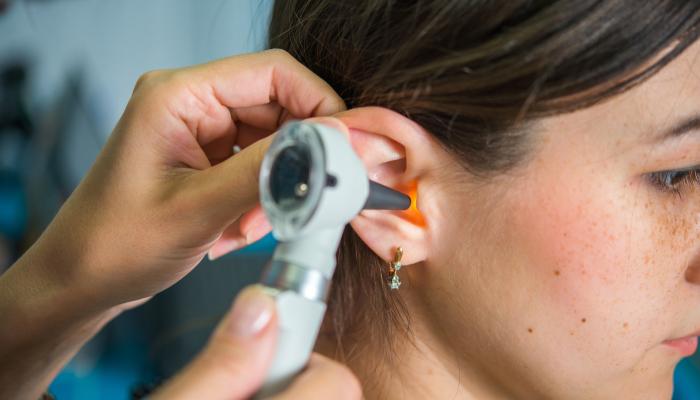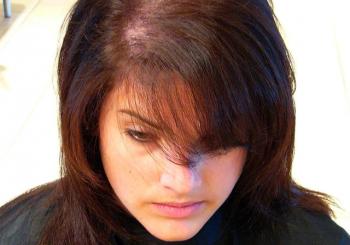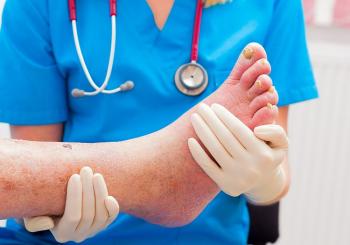
Everything you need to know about ear pain
Ear pain, or earache, can originate from any of the three parts of the ear. Among the three sections in the ear, a person could have outer ear pain, middle ear pain, or inner ear pain. Ear pain can also originate from a problem close to the ear, such as from sinusitis, temporomandibular joint syndrome, or a dental infection. How ear pain feels (aching, sharp, dull, etc.), its intensity, its location, and other symptoms you are experiencing (e.g., fever, dizziness) can give your healthcare provider a place to begin when working to make a diagnosis. Most often, your healthcare provider can achieve this without any testing, though some cases may call for imaging and blood tests in order to rule out more serious causes of ear pain, such as mastoiditis or an ear tumor. The treatment plan your healthcare provider creates for your ear pain will depend on your underlying diagnosis and may entail a combination of therapies.
Primary Causes
Conditions that often cause ear pain and originate within the ear include the following:
-Otitis Media : Otitis media describes a middle ear infection in which fluid and inflamed tissue builds up in the middle ear space—the area between your eardrum (tympanic membrane) and the oval window of your inner ear. Besides moderate to severe aching pain felt deep in the ear, you may experience several days of nasal congestion and/or a cough preceding the ear pain. Sometimes, a fever may occur. If the eardrum ruptures as a result of the pressure buildup, purulent (containing pus) ear drainage may result.
-Otitis Media With Effusion : Otitis media with effusion (OME) describes the presence of middle ear fluid without signs of infection. In other words, there is fluid buildup without tissue inflammation. Overall, the ear pain of OME is generally mild and associated with a feeling of ear fullness and/or decreased hearing. Typically, OME follows acute otitis media, but it may also occur as a result of barotrauma (injury caused by air or water pressure) or allergy. Rarely, OME occurs as a result of tumor blockage of the eustachian tube a tunnel that connects the middle ear to the upper throat and back of the nose.
-External Otitis (Swimmer's Ear) : External otitis-an infection of the ear canal causes a feeling of ear fullness, itchiness, and significant ear pain when the earlobe is pulled. Yellowish or clear-colored ear discharge may also occur, along with decreased hearing and swelling of the ear canal. The reason external otitis is commonly called "swimmer's ear" is because it often develops when water gets trapped in the ear canal. Another common culprit behind external otitis involves the frequent use of cotton swabs. Inserting them into the ear can create small cuts in the ear canal that serve as a breeding ground for bacteria. A severe complication of external otitis is necrotizing (malignant) external otitis in which the ear canal infection spreads to the base of the skull. This condition is more common in older people with diabetes mellitus.
-Perforated Eardrum : A perforated eardrum is a hole, or tear, in the eardrum. The eardrum is a delicate structure within the ear and can be torn easily by an injury, a change in pressure, or explosively loud noise. It is also commonly associated with middle ear infections (otitis media). Aside from sharp ear pain, people who have a perforated eardrum may experience sudden hearing loss, fluid leaking from the ear, or hear a ringing or buzzing sound in the ear.
-Earwax Blockage : The purpose of earwax (cerumen) is to protect your ear canal from water, bacteria, and injury. Sometimes though, too much earwax is produced or the wax gets pushed back too deep into the ear canal (why healthcare providers recommend not using cotton swabs to clean out your ears). If an earwax blockage occurs, ear discomfort-often reported as a full or congested sensation—may occur. Problems hearing and ringing in the ear may also result from earwax blockage. Remember : Removing earwax with cotton swabs, fingers, or other objects can make your ear blockage worse and damage the eardrum.
-Eustachian Tube Blockage : the following symptoms may occur - Ear pain, Ringing or popping in the ears, Dizziness, Hearing loss, Ear Skin Problems.
-Sometimes ear pain originates from the skin of the ear : Dermatitis of the ear, Periauricular cellulitis (infected skin on the ear), Herpes zoster oticus ("shingles of the ear").
-Perichondritis : arises from an infection of your ear cartilage, resulting in pain, swelling, and redness over the skin.
-Labyrinthitis : is inflammation of a structure in the inner ear called the labyrinth.
-Meniere's Disease.
-Tumor.
Secondary Causes : Sinusitis refers to infection or inflammation of the sinuses, Dental Problems, Temporomandibular Joint (TMJ) Disorder, Giant Cell Arteritis, Mastoiditis.
When to See a Healthcare Provider
If you are experiencing ear pain that is worsening, severe, or persisting for two or more days, be sure seek medical attention. Other examples of situations that warrant a healthcare provider's attention include:
- Ear pain accompanied by a fever and/or a sore throat
- Pain when tugging on your earlobe
- Ear discharge
- Ringing in the ears, dizziness, or hearing loss
- Swelling or rash of the ear canal or earlobe
- Diagnosis
Diagnosing ear pain often only requires a medical history and physical examination by a primary care provider or an ear, nose, and throat (ENT) specialist.1 Imaging and blood tests are less commonly needed.
Medical History
When you see your healthcare provider for ear pain, you can expect him to ask several questions related to the details of your pain: What does the pain feel like? Does the pain come and go or is it constant? Are there any associated symptoms present, such as fever, hearing loss, balance problems or dizziness, ear drainage, or tinnitus (ringing in the ears)?
Have you recently been ill or experienced any trauma to the face or ear?
Physical Examination
During your physical exam, your healthcare provider will inspect the outer ear, ear canal, and tympanic membrane (eardrum) with an otoscope. Your healthcare provider will also inspect your nose, mouth, and sinuses. He may also press on your TMJ, look at your back molars to check for signs of grinding or frequent clenching of the teeth, and examine your neck to look for enlarged lymph nodes or other masses. Keep in mind, as part of your exam, your ENT may perform a nonsurgical procedure called nasal endoscopy to better examine your nose and sinuses.The endoscope-a thin tube with a camera and light-allows your healthcare provider to better examine your nose, sinuses, and the top of your throat (where the opening of your eustachian tube lies). Lastly, if you are experiencing hearing loss and/or dizziness (balance problems), your ENT may refer you for a hearing and/or a vestibular function test. Imaging is sometimes needed to sort out an ear pain diagnosis. For example, an X-ray may be ordered to evaluate a dental problem or to examine the jaw in TMJ disorder. A computed tomography (CT) scan may be necessary if mastoiditis is suspected, especially if a person is experiencing worrisome complications of mastoiditis, like cranial nerve deficits or signs of meningitis. A CT scan or magnetic resonance imaging (MRI) may also be ordered if your healthcare provider suspects a possible tumor, such as nasopharyngeal cancer or cholesteatoma, as the source of your ear pain. An MRI to examine your brain may be used to evaluate for a diagnosis of Meniere's disease, as central nervous system conditions, like a brain tumor or multiple sclerosis, may mimic the symptoms of Meniere's disease.
Treatment
As there are many different causes of ear pain, there are similarly many possible treatments: Self-Care Strategies- Simple, at-home therapies can sometimes go a long way in easing your ear pain, especially if the pain is related to fluid build-up from a virus or allergies. For instance, in order to ease the congestion of sinusitis, otitis media, or eustachian tube blockage, your healthcare provider may recommend taking an over-the-counter decongestant or using a nasal spray. Other self-care strategies that may be helpful include: Hold a warm compress against your ear or sinuses;Apply mineral oil or diluted hydrogen peroxide followed by a warm shower to loosen congestion; Yawn or chew gum in order to try "pop" your ears; Drink lots of water (six to eight glasses per day); Self-care strategies also play an important role in managing TMJ syndrome.These strategies include: Performing simple jaw exercises;Avoiding triggers of TMJ pain (e.g., chewing gum or grinding your teeth);Using a bite guard when you sleep;Engaging in relaxation and stress management techniques;Ear Flushing;Ear flushing is performed by a healthcare professional to remove impacted wax. The procedure is also used to remove debris, infected material, and dead skin cells in the treatment of otitis externa.
Several different medications may be used to treat your ear pain: Ear Drops; Oral or Intravenous Antibiotic. To soothe your ear pain, your healthcare provider may recommend over-the-counter Tylenol (acetaminophen) or nonsteroidal anti-inflammatory drugs (NSAIDs), such as Advil or Motrin (ibuprofen). For the pain of TMJ syndrome, your healthcare provider may also prescribe a muscle relaxant or a tricyclic antidepressant.




